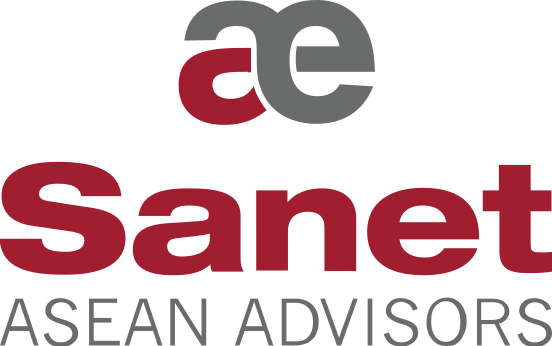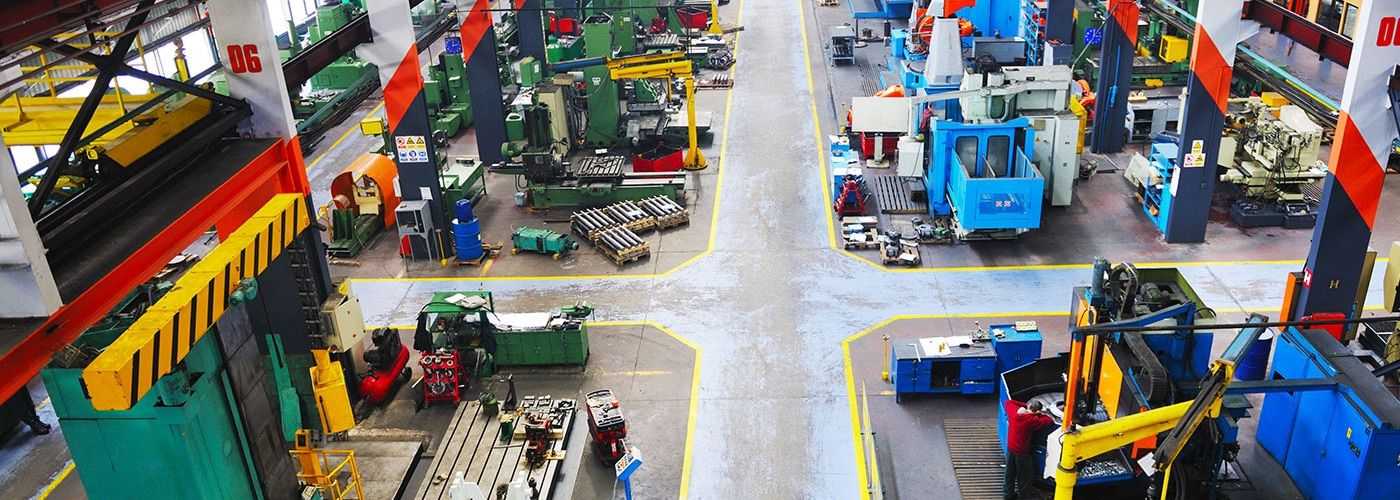Initial Situation
A German mechanical engineering company had a 75% interest in a joint venture in Thailand . A Thai partner, which also managed day-to-day operations, had a 25% stake. The German parent company did not spend much time worrying about its Thai subsidiary. The sales figures were not bad enough to draw the attention of its executives, although its share of the market was unknown. The results seemed “in order” according to German standards.
When it came to finding a successor to the Thai partner, both partners decided to develop a plan for the future that would establish the succession process whilst strengthening the company.
Sanet was asked to identify the various options for the succession and create a business plan for the future direction of the company.
The Challenge
Already from the early days of Sanet’s research and interviews, it became clear that the company had many “sites under construction” that put it at a substantial risk:
- The company had no business license and was thus not legally permitted to be commercially active.
- The Thai partner’s daughter was in no way qualified to replace him in the management.
- The Thai partner had been selling goods through his relatives with him acting as a wholesaler, thus eating away at all the margins from the sale of the machines. He was generating income from the company at the expense of his fellow owners.
- The sales management and personnel were unqualified and poorly paid. They did not actively engage in sales activities, instead just delivering machines and spare parts. A significant portion of the revenues were not generated by the Thai company, but instead by its international links to the German parent company.
- The market share was about one-sixth of the brand’s usual share in other countries.
- The financial statements and performance data were inconclusive and contradictory.
There was simply no aspect of the business that could provide the basis for future functionality.
A solution needed to lay the facts on the table, but avoid a complete implosion of the company in the event of a massive internal confrontation.
The Methodology
Sanet took the practical decision to take on the role of mediator and cultural ambassador, even though this went beyond the original scope of its task.
Sanet first informed the Thai partner about the risky legal situation, but then discussed the operational shortcomings that had emerged under his management. Together with the Thai partner, measures were defined to strengthen the company and put it on a clean legal basis as part of a target/actual scenario. The sensitive issues of “lining one’s own pockets” were addressed with a certain level of restraint and not confrontationally.
A business and action plan was created and supported by the Thai partner.
Sanet then presented the objective situation to the German partner, together with the jointly developed restructuring proposal.
The fact that the Thai partner had been skimming the company’s profits due to the German parent’s inadequate supervision of its subsidiary could not be stated so bluntly to the management.
Instead of a dispute, the shareholders defined virtually identical goals through Sanet’s mediation, where they agreed:
- The company had to be converted into to a legal structure
- Key positions had to be filled by new people
- The future structure should include stronger influence and greater involvement of the German parent
- Alternative options were to be developed for the further involvement of the Thai partner and his successor, namely the option for the continued active participation of the partner in a supervisory board, adding the daughter in a management role, or the withdrawal of the partner from operations.
The Outcome
Legally a joint holding structure was created with Thai majority, under which an operating company worked according to the rules of the parent company. Recognition of the company according to the promotion rules of the Board of Investment secured the option to manage the joint venture as a majority foreign-owned company. The company was set up legally and all of the successor options were protected by law.
Five functions crucial for the company were newly filled by employees who understood that the task before them involved a complete rebuild of the company. They loyally and successfully made their way through the difficult restructuring phase.
The connections between the Thai joint venture partner, the relatives who had benefited from the old regime, and the other “sources of income” were capped through a new organisational structure that saved face for the Thai partner. Assurances that company profits would remain in the company remained and the German partner would be more involved in operations were made.
After restructuring, even the Thai partner realised that his daughter would not be able to take over his role in the company. The Thai partner agreed to step back and take an honorary role on the company’s management team. He was also given the option by the German partner to sell his shares in the business for a defined sum within a defined time frame.
Thus, Sanet’s task was completed. The company was legally and organizationally consolidated on a good economic basis and the options among the shareholders were able to be exercised in an agreed framework.
Sanet had mastered the challenges successfully, leading to what was essentially a new company. Further development is now in the hands where it belongs: the company’s management.

